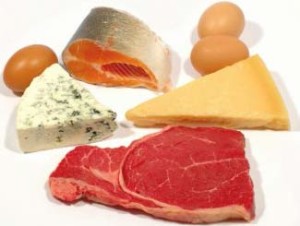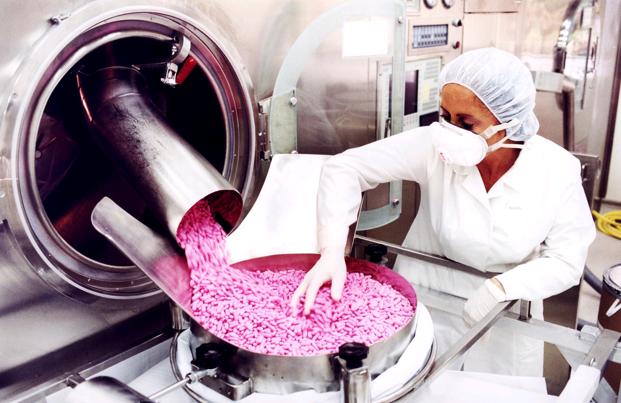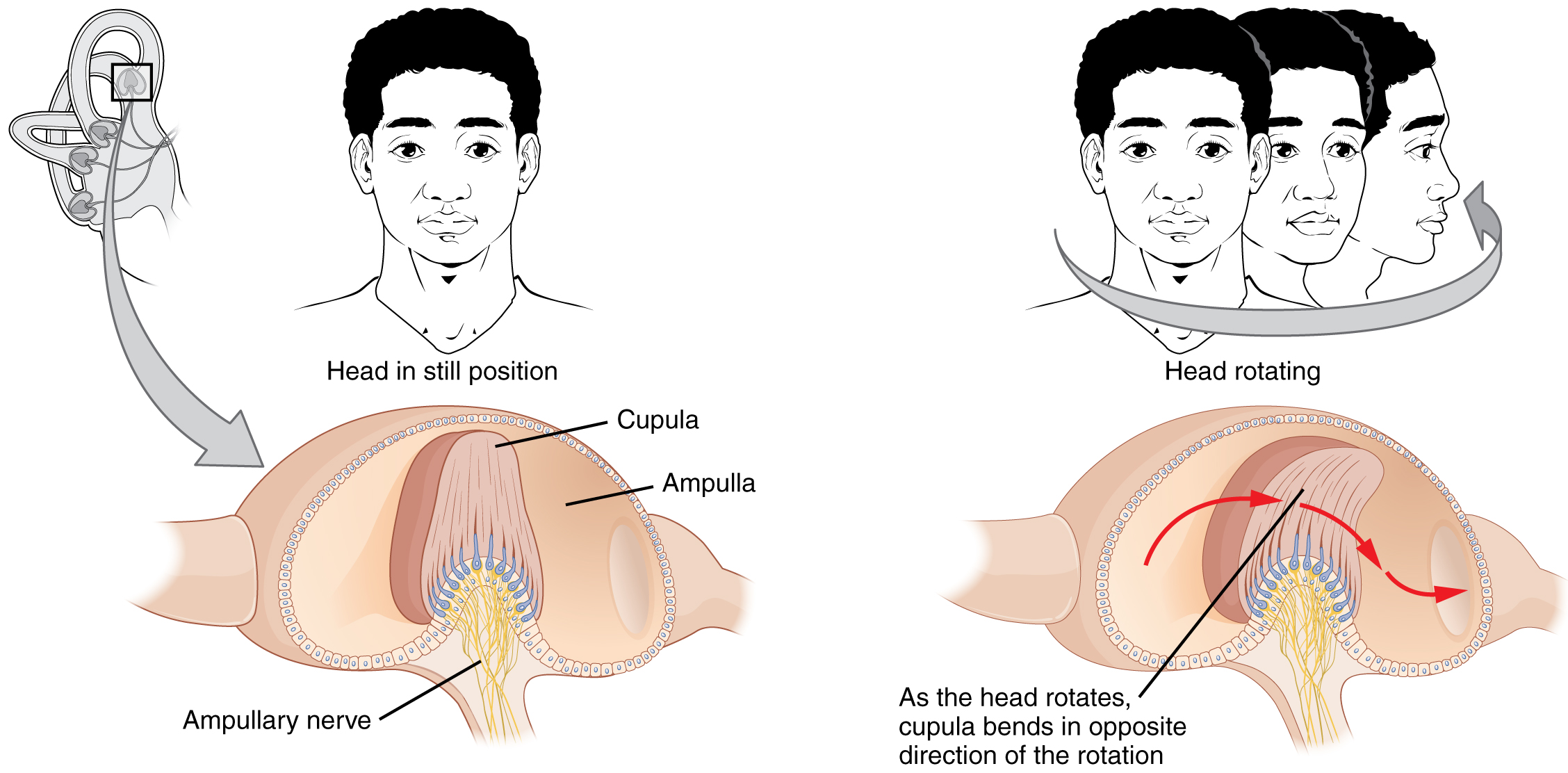Triacylglycerols (fats and oils) are the concentrated dietary source of fuel, contributing 15-50 % of the body energy requirements. Phospholipids and cholesterol (from animal sources) are also important in nutrition.
Major nutritional functions of lipids:
Dietary lipids have two major nutritive functions.
- Supply triacylglycerols that normally constitute about 90 % of dietary lipids which is a concentrated source of fuel to the body.
- Provide essential fatty acids and fat soluble vitamins (A, D, E and K).
Essential Fatty Acids:
The unsaturated fatty acids which the body cannot be synthesize and, therefore, must be consumed in the diet are referred to as Essential Fatty Acids (EFA).
The fatty acids- linoleic and linolenic acid cannot be synthesized from linoleic acid in some animal species, including man. However, the conversion efficiency of linoleic acid to arachidonic acid is not clearly known in man. And for this reason, some nutritionists recommend that it is better to include some amount of Arachidonic Acid also in the diet.
Functions of EFA:
- Essential fatty acids are the structural components of biological membranes.
- Participate in the transport and Utilization of Cholesterol.
- Prevent fat accumulation in the liver.
- Required for the synthesis of prostaglandins.
- Maintain proper growth and reproduction of the organisms.
Deficiency of EFA:
Essential fatty acid deficiency is associated with several complications.
- Impairment in growth and reproduction.
- Increased BMR.
- High turnover of phospholipids.
The EFA deficiency in humans is characterized by a scaly dermatitis on the posterior and lateral parts of limbs and buttocks. This condition is referred to as “Phrynoderma or Toad skin”. Poor wound healing and hair loss is also observed in EFA deficiency.
EFA content of foods:
The essential fatty acids, more frequently called Polyunsaturated Fatty Acids (PUFA), are predominantly present in vegetable oils and fish oils. The rich vegetable sources include sunflower oil, cotton seed oil, corn oil, soya bean oil etc. The fat of animal origin (exception: fish), contain less PUFA e.g. butter, fat of meat, pork and chicken.
Dietary intake of EFA:
Nutritionists recommend that at least 30 % of the dietary fat should contain PUFA. Very high intake of PUFA (i.e. totally replacing saturated fatty acids) may not be advisable. This is due to the fact that excess PUFA, unless accompanied by antioxidants (vitamin E, carotenes), is believed to be injurious to the cells due to the overproduction of free radicals.
Cholesterol in Nutrition:
It is proved beyond doubt that the elevated serum cholesterol (>250 mg/dl) increases the risk of Atherosclerosis and coronary Heart Diseases. But the role of dietary cholesterol in this regard is still controversial. Cholesterol synthesis continuously occurs in the body which is under a feedback regulation.
Some nutritionists believe that dietary cholesterol may not have much influence on the body levels while others recommend to avoid the consumption of cholesterol rich foods (e.g. egg yolk) for a better health. It is an accepted fact that reduction in serum cholesterol level lowers the risk of heart diseases.
Requirement of Dietary Fat:
Consumption of dietary fats and oils is considered in terms of their contribution towards the energy needs of the body. There is a wide variation in fat intake. It is much higher (up to 50 % of daily calories) in affluent societies compared to the poorer sections of the people (about 15 % of calories). The recommended fat intake is around 20-30 % of the daily calorie requirement, containing about 50 % of PUFA.
Useful Information about Nutritional Importance of lipids and Essential Fatty Acids in Biological system by PCD Pharma Company.
 Enquiry
Enquiry




